Long Live Aluminum Rims: A Carbon Counterpoint – by Guitar Ted
I’ve read Grannygear’s take on the aluminum rim for gravel and why he thinks that material presents a better value for the everyday gravel/back road rider out there. This is my take on the subject, and while I agree on some points with my friend here, I have some counterpoints to add to this debate. By the way, if you missed Grannygear’s post on aluminum rims, it can be seen via this link.
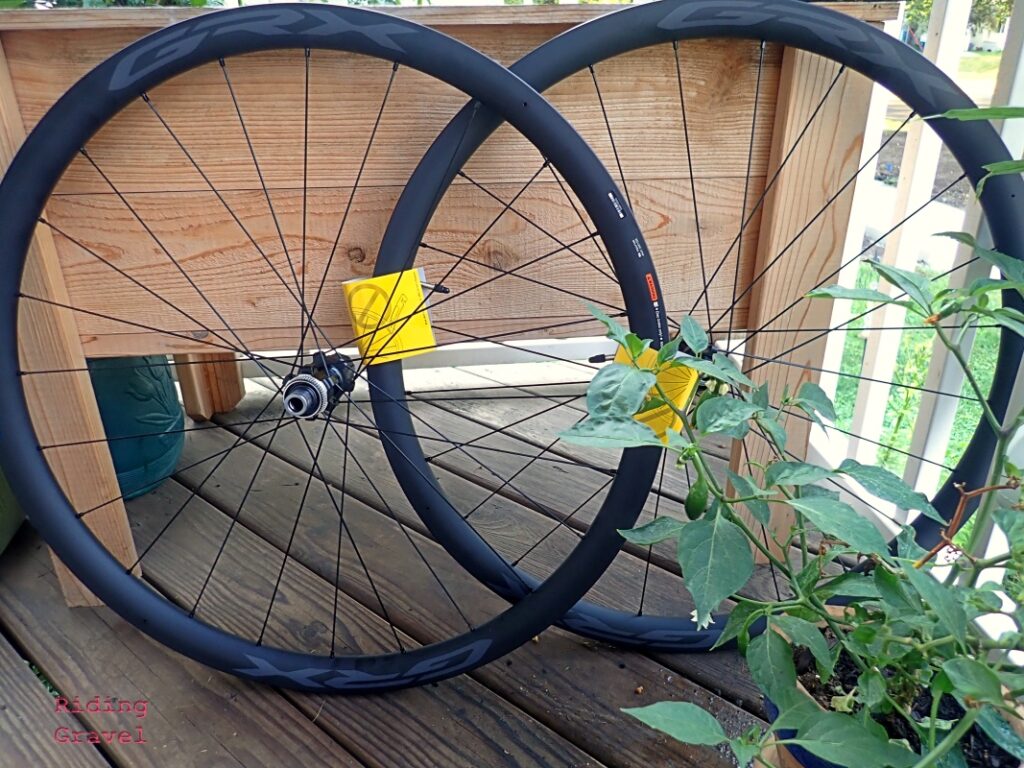
Now, I will admit up front that if we are trying to squeeze all the juice we can from every dollar, then an aluminum rimmed wheel set is probably going to end up on your bicycle for gravel riding. That sort of product really can be made to hit a price-point where carbon cannot even touch, or come near to. I mean, just consider the wheel set Grannygear is testing now at the $500.00/set range. Some carbon rims cost that much alone. For one!
But before we get too far into the weeds on aluminum’s value propositions for the gravel rider, let’s step back a minute and examine what the heck is really going on here. I think at the end of this counterpoint, you might see that yes- carbon fiber rims are more expensive, but they also have their own set of characteristics that aluminum cannot touch. So, the value – while costing more in raw dollars- can actually be greater for the gravel rider with carbon rims spinning beneath them.
My riding on gravel has included many, many miles on all aluminum wheel sets and many, many miles on carbon rimmed wheel sets going back to the late 2000’s. I have seen aluminum and carbon rims advance in terms of light weight, design, performance, and in cost. There are a couple of things that carbon rims have accomplished that I feel bring more value than aluminum rims could ever bring to the table. The first of those is- yes – stiffness.
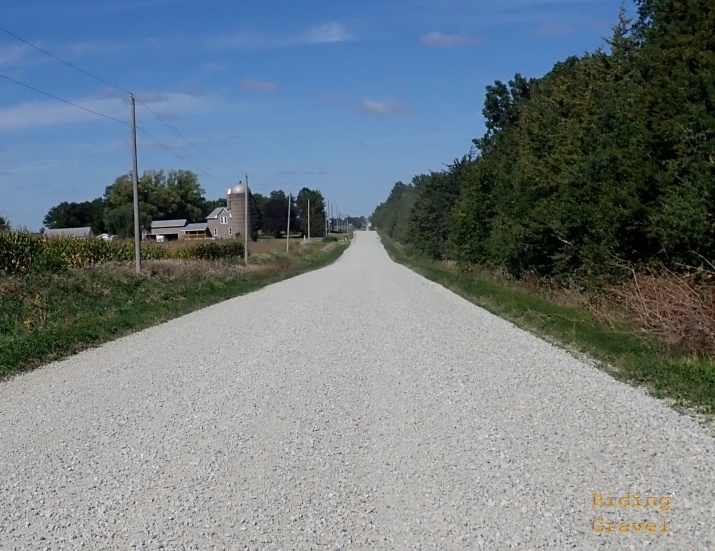
The very thing Grannygear said wasn’t all that and a bag of chips I am saying is a valuable thing. Why? Because of how a rim, (with a tire on it, of course), interacts with the terrain, specifically with gravel. My observations have shown that most -not all – aluminum rims have what I describe as an oscillation in loose, deeper gravel over a hard surface. The wheel gets deflected laterally and this sets up a higher frequency wobble. If you dare, and if you are careful, the next time you hit a patch of loose gravel watch the leading edge of your front wheel as it goes across this rough, uneven, and loose surface. You may notice a movement, side-to-side, of the front wheel and then see that calm down, or even go away, once you hit smoother areas of the road. This is the very thing I am describing.
It causes the rider to have to make micro-corrections of the handlebar which saps the rider of energy. This also sets up what can be a pretty wicked vibration which rattles the forearms. Not good! Carbon often – but not always – seems to damp that out to a great degree.

Aluminum rims will probably never be able to achieve the results I see in terms of stiffness regarding that oscillation. Why? Well, aluminum is not really “tunable”. You can extrude it thinner, or thicker, and you can change the shape. Carbon, on the other hand, can be laid up to react stiffer in one way in regards to stiffness, or be more compliant in another way. Theoretically, this should allow a designer to add in some damping feature to a carbon fiber rim while retaining lateral stiffness. You probably could make an aluminum rim damp out those nasties too, but this would likely only be achieved by adding more material. And we don’t want to do that now, do we? No, we do not.
Grannygear also talked about carbon rim’s ability to stay true and not get ‘dinged’, but that carbon doesn’t fail in a nice way either. Well, yeah, but if we are going there, can I talk about the aluminum rims I have seen that had spokes pull through? Or the alloy rims I’ve seen that had collapsed due to a lateral impact? I mean, anything can and will fail. But where are all the people with stories of pulling carbon splinters out from limbs and bodies? I’m sure there are a few, but, c’mon! If carbon rims failing were really something we should be shying away from, I think we’d have moved on from carbon by now.
Back to the stiffness thing a minute here. I have heard about wheel manufacturers – both aluminum and carbon – that claim a ‘vertical compliance‘ factor in their design. (Eye roll) Yeah, I’m with ya there, Grannygear, if there is anything there, it is a minimal benefit. I know I mentioned that theoretically it is possible with carbon, but… You are going to get more out of your tire choice and air pressure settings than you ever would out of a wheel being “vertically compliant”. Besides, if it gives in that plane, and it is an aluminum rim, how do you keep that aluminum rim from flexing in other ways? Nope. Not buying that. Now on a carbon rim, I’m more apt to accept that this could be true.
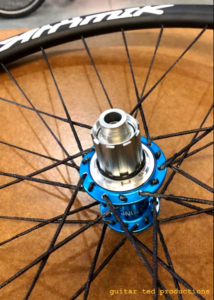
But here is something, not necessarily a rim thing, that I feel does do a job that is noticeable in terms of damping vibrations, and that is in alternative spoke materials choices. Both the PBO spokes used by Spinergy and the Berd spokes, notably used in Atomik’s wheels, have a damping quality which is quite noticeable. But as far as absorbing a bump or ‘taking the edge off‘ off anything? Give me a big, poofy tire, lower air pressure, and a Redshift ShockStop stem. That and a laterally stiff carbon rim and I am good to go.
Now a final word about prices: Yes, a good carbon rimmed wheel set will cost you money. But if you desire a wheel that is more easily herded down the road/trail, and a lighter wheel to boot, you are going to spend that money on a carbon rimmed wheel set, not on an aluminum rimmed one. I would also point out that carbon rimmed wheel sets can last as long, if not longer, than most aluminum wheel sets. Plus you likely will never have to true that carbon rim up. Add in that previously mentioned good stiffness factor too. So, doesn’t that bode well for value? I think that for many riders the answer to that question is “yes”.


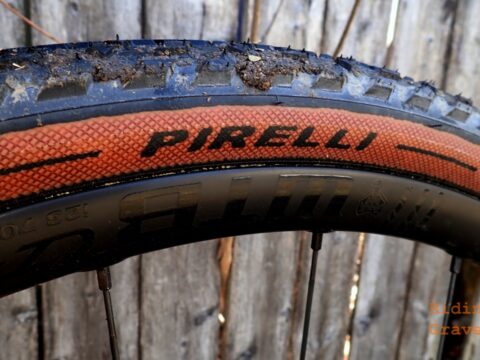
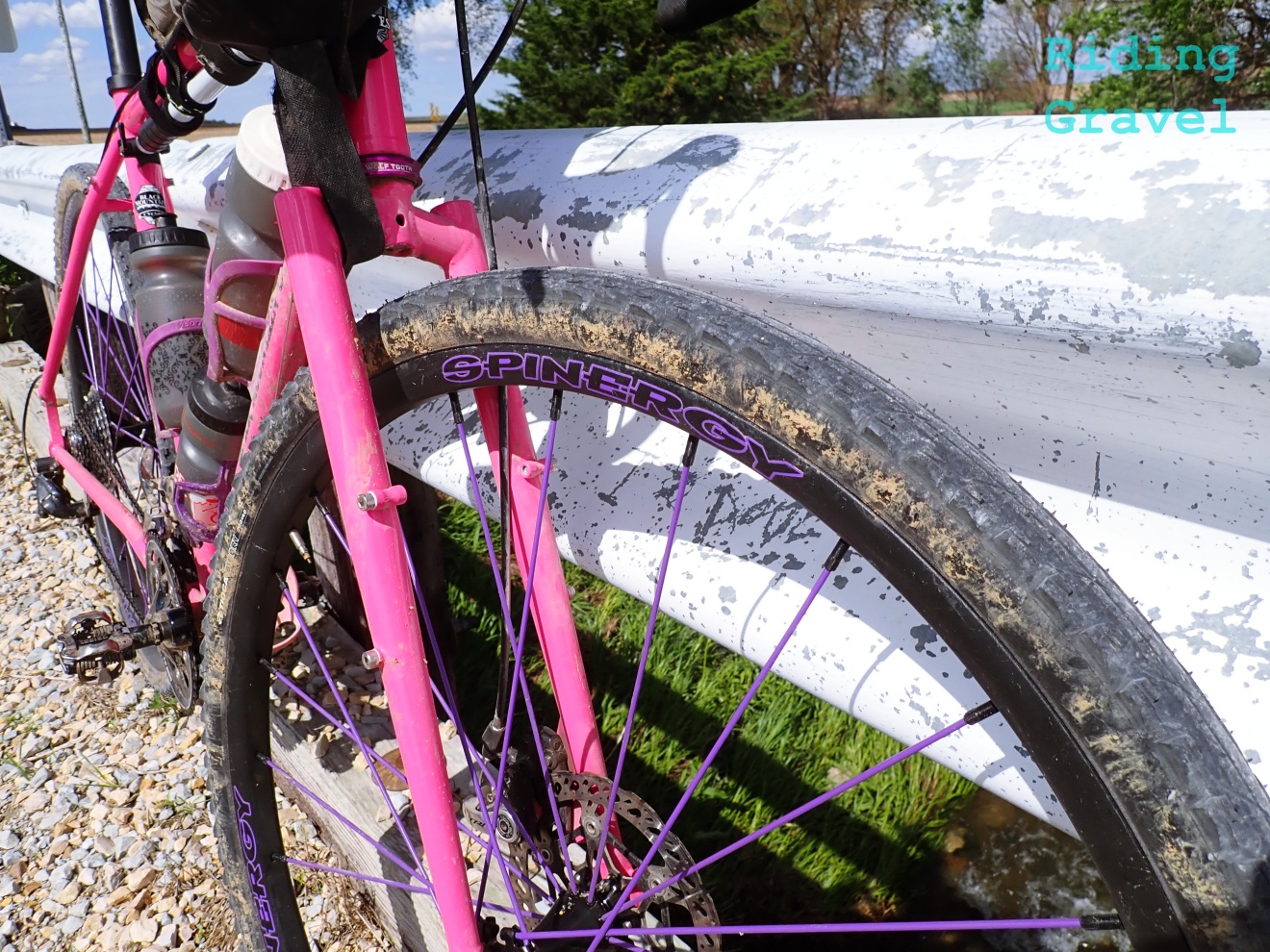
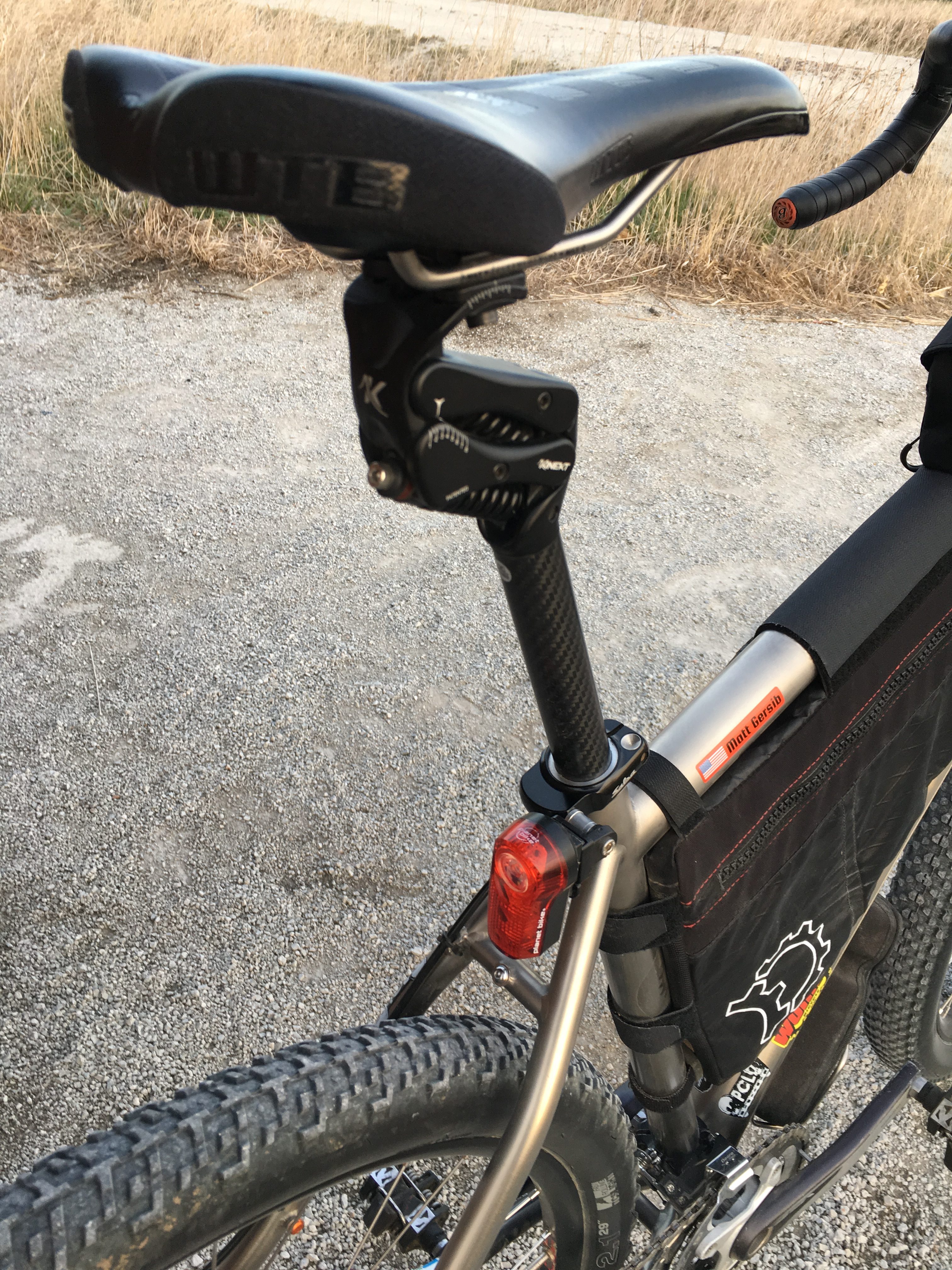
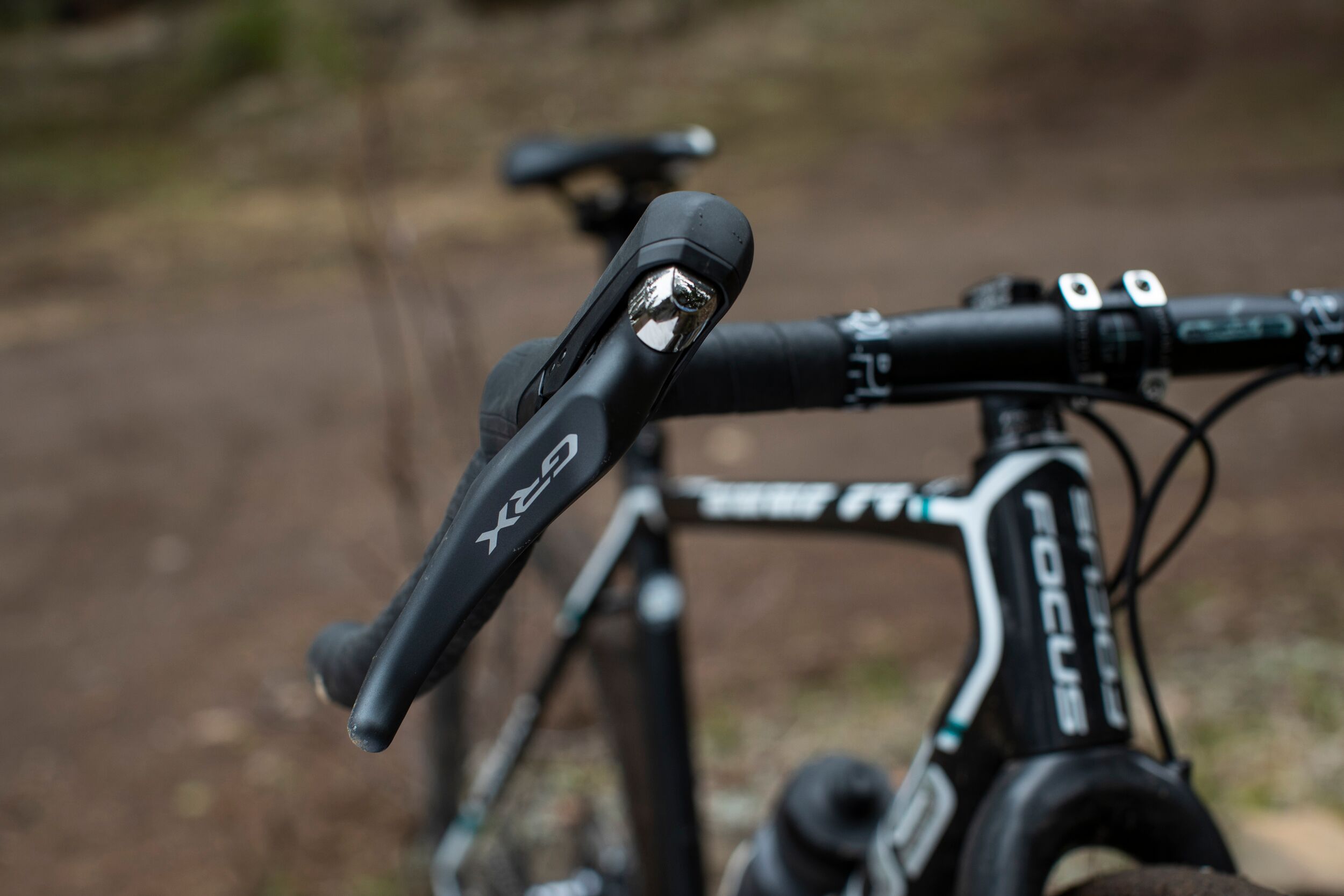

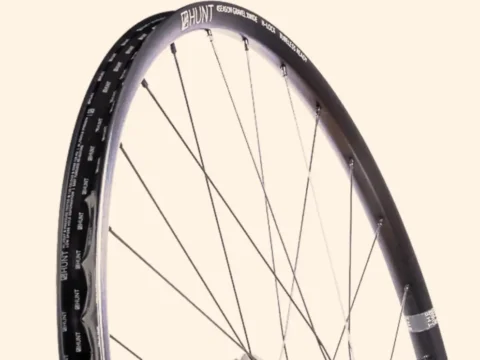
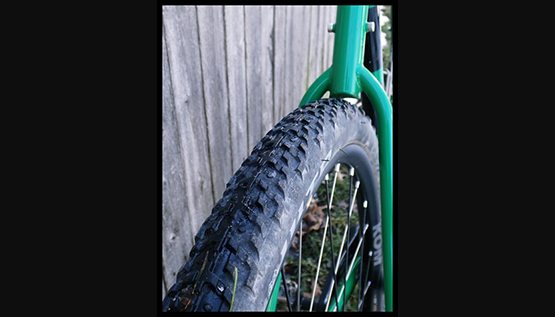
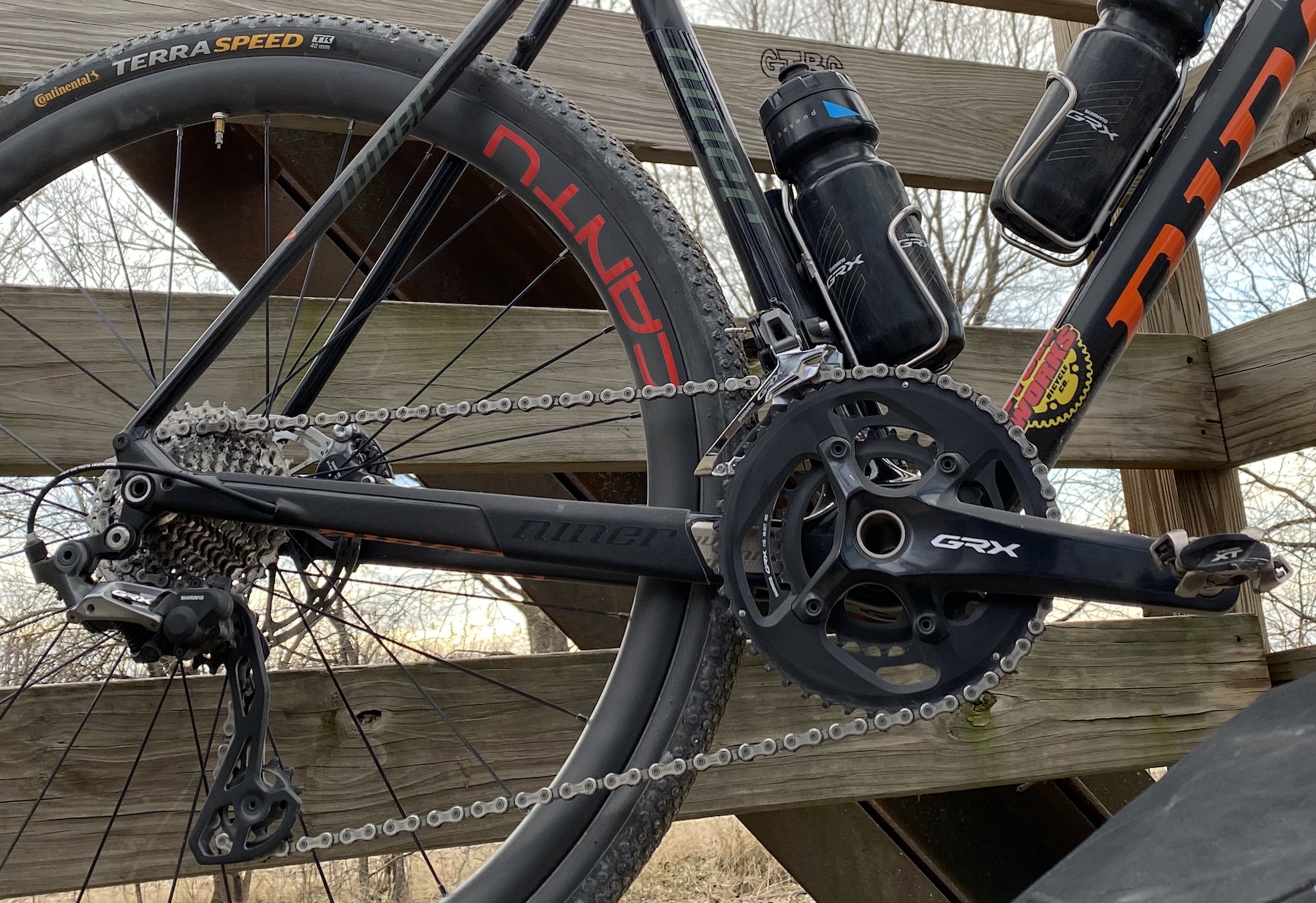

I agree with you 100%, Brother. While I love a well-built set of alloy wheels, the performance potential of carbon wheel is so much more. I understand that in rocky environments, such as in the mountain west, alloy rims are simply a matter of economy, as everything breaks out there. However, here in the Midwest where I live, we don’t have enough rocks to worry about that, and the increased durability and improved tracking of carbon wheels makes them a definite boon, cost be damned.
I have three sets of carbon wheels that I’ve been riding for more than three years. Two sets are Bontrager MTB wheels, and the third is the set of Cantu Rova gravel wheels I tested for Riding Gravel. Guess how many of those six wheels I’ve had to true (in more than three years of riding)? Zero. Considering the beating I’ve subjected each of them to, that’s amazing. And while you can see scratches from rock strikes, they’re both true and round. Every single one of them… That’s value to me.
Again, I have nothing against alloy wheels. I have a lot of them too, but if you ask me what I prefer, I’ll choose carbon rims 10 times out of 10. No regrets.
One point you didn’t bring up that I believe Granny Gear touch on….rim brakes. If you happen to be an old luddite that still rides a bike with rim brakes, would you preference still lean towards carbon?
@James: What MG said. And…..I still have a gravel bike or two that uses rim brakes, so of course, I use alloy rims there. That said, you could use carbon rim brake rims. There is no reason that you couldn’t except that you might complain that the gritty nature of gravel would wear them out sooner. But that doesn’t mean that you couldn’t use a carbon rim brake rim for your rim brake frames gravel bike.
@James: On a rim brake bike, I’d definitely choose alloy rims. That said, the only rim brake bike I still own is an old Bontrager mountain bike.
Any thoughts from the Riding Gravel crew on fabric spikes? They seem to (according to the company info) help make carbon rims even better!
@Chris V: I like the PBO spokes on Spinergy wheels well enough that I run the wheels I have here with them quite often. There is a slight damping effect with them. However; the Berd spokes are on another level when it comes to damping and with those spokes, laced to an Atomik carbon rim I have here, I feel that the wheels have a perceptible vertical compliance characteristic.
Berd spokes are not cheap, and they require a specific wheel building technique that not just anyone can do, but I believe that they do what the company claims despite the expense and difficulty in building with them. As long as they hold up in the long run, I think that they are a viable option for those who can afford them.